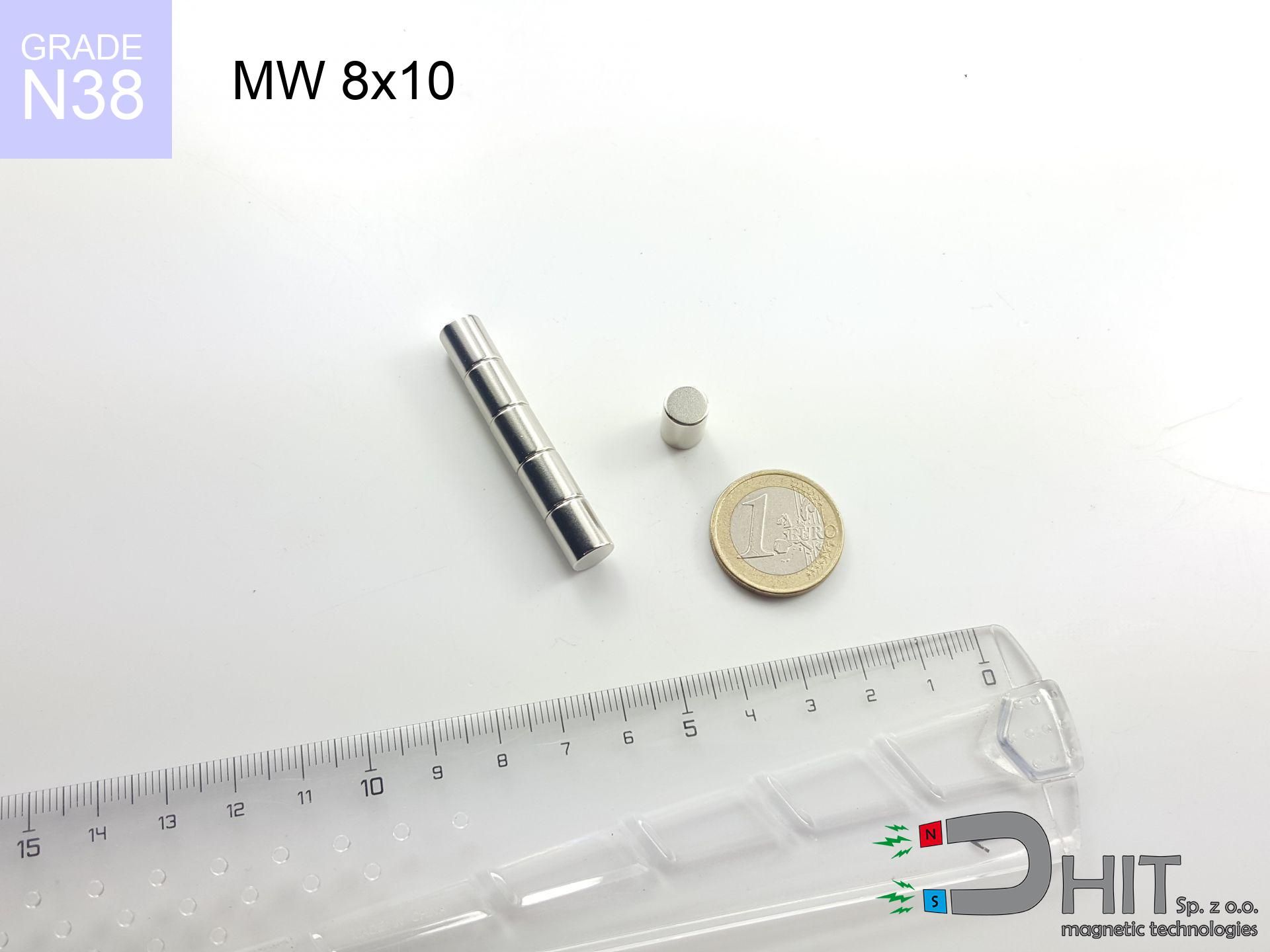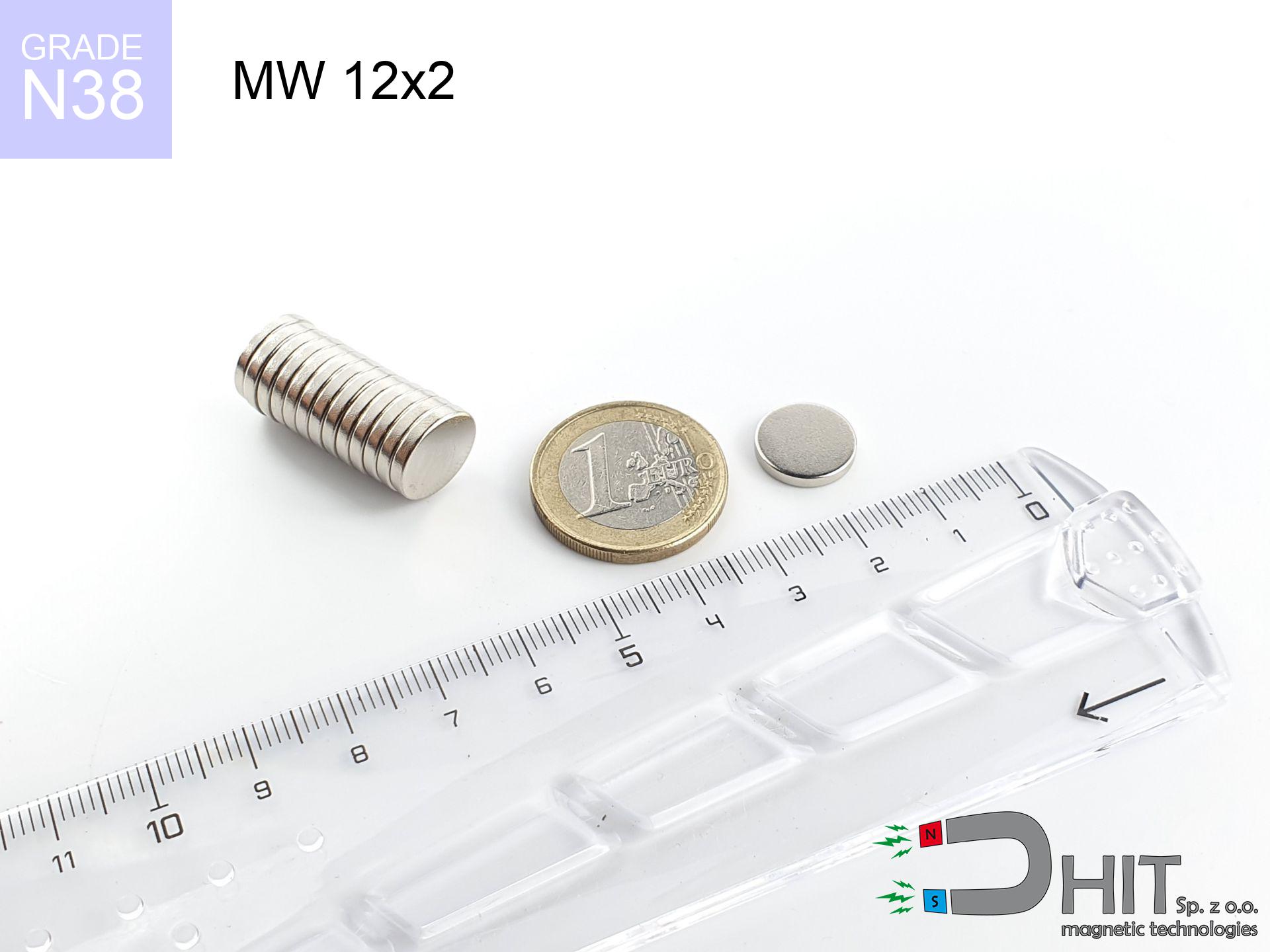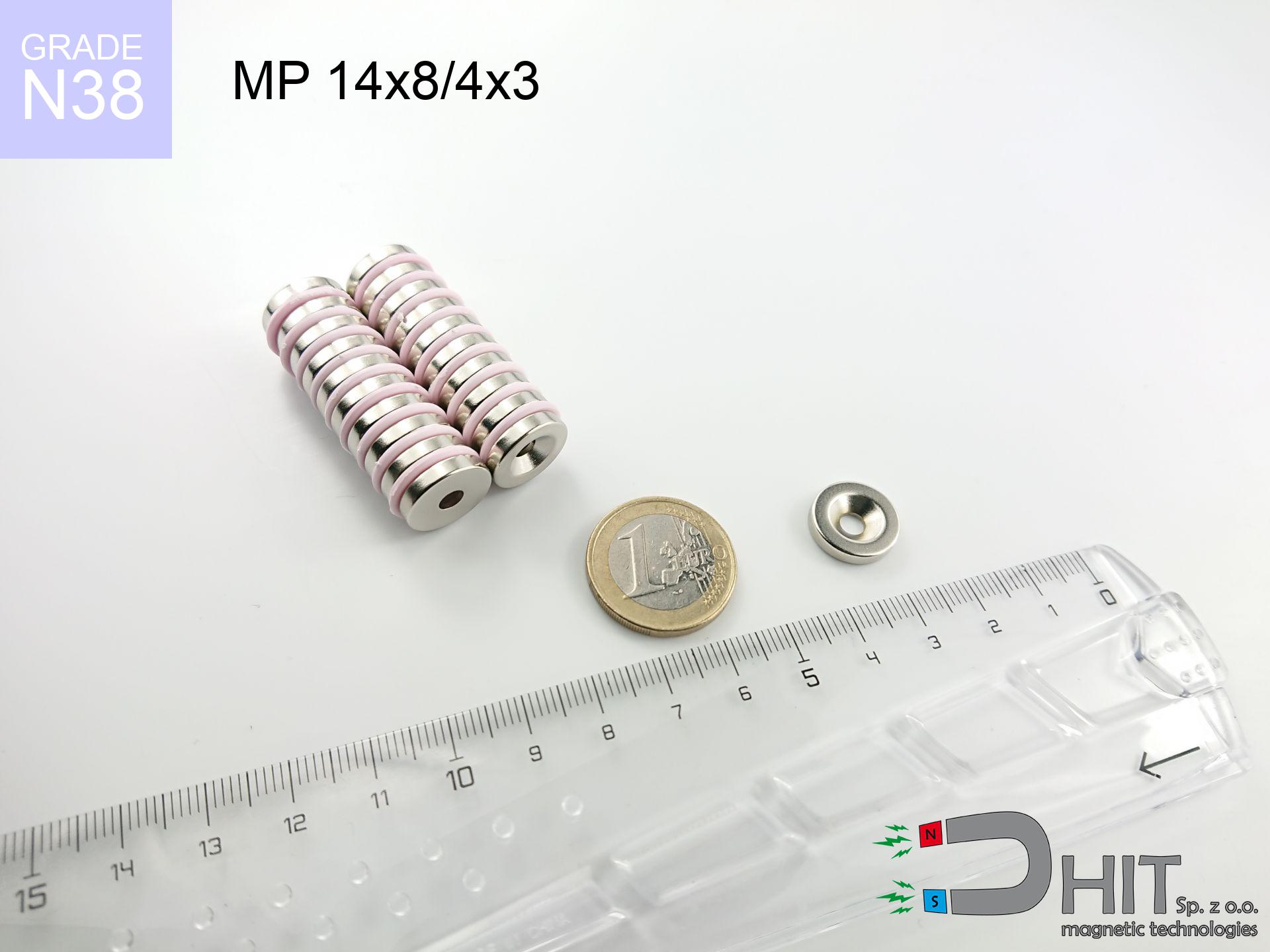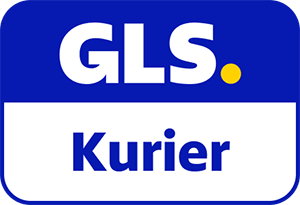SM 25x175 [2xM8] / N42 - magnetic separator
magnetic separator
Catalog no 130290
GTIN: 5906301812838
Diameter Ø [±0,1 mm]
25 mm
Height [±0,1 mm]
175 mm
Weight
0.01 g
467.40 ZŁ with VAT / pcs + price for transport
380.00 ZŁ net + 23% VAT / pcs
bulk discounts:
Need more?Need advice?
Call us now
+48 888 99 98 98
or get in touch via
form
the contact form page.
Weight as well as appearance of neodymium magnets can be checked with our
online calculation tool.
Same-day processing for orders placed before 14:00.
Magnetic properties of material N42
Physical properties of sintered neodymium magnets Nd2Fe14B at 20°C
Shopping tips
Advantages and disadvantages of NdFeB magnets.
In addition to their magnetic capacity, neodymium magnets provide the following advantages:
- They retain full power for almost 10 years – the drop is just ~1% (based on simulations),
- They possess excellent resistance to weakening of magnetic properties when exposed to external fields,
- By using a decorative layer of silver, the element presents an professional look,
- Neodymium magnets generate maximum magnetic induction on a small area, which increases force concentration,
- Thanks to resistance to high temperature, they can operate (depending on the form) even at temperatures up to 230°C and higher...
- In view of the option of free molding and adaptation to individualized projects, magnetic components can be created in a variety of shapes and sizes, which amplifies use scope,
- Universal use in electronics industry – they are commonly used in computer drives, electric motors, diagnostic systems, and other advanced devices.
- Thanks to efficiency per cm³, small magnets offer high operating force, in miniature format,
Characteristics of disadvantages of neodymium magnets: tips and applications.
- At strong impacts they can crack, therefore we recommend placing them in strong housings. A metal housing provides additional protection against damage and increases the magnet's durability.
- We warn that neodymium magnets can reduce their power at high temperatures. To prevent this, we recommend our specialized [AH] magnets, which work effectively even at 230°C.
- Due to the susceptibility of magnets to corrosion in a humid environment, we suggest using waterproof magnets made of rubber, plastic or other material immune to moisture, when using outdoors
- We suggest cover - magnetic mount, due to difficulties in producing threads inside the magnet and complex shapes.
- Health risk resulting from small fragments of magnets can be dangerous, when accidentally swallowed, which is particularly important in the aspect of protecting the youngest. It is also worth noting that small elements of these magnets can complicate diagnosis medical after entering the body.
- Due to neodymium price, their price is higher than average,
Maximum magnetic pulling force – what contributes to it?
Breakaway force is the result of a measurement for ideal contact conditions, including:
- on a plate made of mild steel, effectively closing the magnetic field
- with a thickness no less than 10 mm
- with a plane free of scratches
- with total lack of distance (without paint)
- during detachment in a direction perpendicular to the mounting surface
- in temp. approx. 20°C
Magnet lifting force in use – key factors
Holding efficiency impacted by working environment parameters, such as (from most important):
- Distance – existence of any layer (rust, dirt, air) acts as an insulator, which lowers power rapidly (even by 50% at 0.5 mm).
- Angle of force application – maximum parameter is available only during pulling at a 90° angle. The shear force of the magnet along the surface is standardly many times smaller (approx. 1/5 of the lifting capacity).
- Metal thickness – thin material does not allow full use of the magnet. Magnetic flux passes through the material instead of converting into lifting capacity.
- Material type – the best choice is pure iron steel. Cast iron may generate lower lifting capacity.
- Surface quality – the more even the plate, the larger the contact zone and higher the lifting capacity. Roughness creates an air distance.
- Heat – NdFeB sinters have a sensitivity to temperature. At higher temperatures they are weaker, and in frost they can be stronger (up to a certain limit).
* Lifting capacity testing was carried out on a smooth plate of optimal thickness, under perpendicular forces, whereas under parallel forces the load capacity is reduced by as much as fivefold. In addition, even a minimal clearance {between} the magnet and the plate lowers the lifting capacity.
Safe handling of NdFeB magnets
Allergic reactions
Certain individuals experience a sensitization to Ni, which is the standard coating for NdFeB magnets. Extended handling can result in an allergic reaction. It is best to use safety gloves.
Electronic hazard
Very strong magnetic fields can destroy records on credit cards, hard drives, and other magnetic media. Stay away of min. 10 cm.
Fire risk
Dust produced during grinding of magnets is combustible. Do not drill into magnets unless you are an expert.
Respect the power
Handle with care. Rare earth magnets act from a distance and snap with huge force, often quicker than you can react.
Serious injuries
Watch your fingers. Two powerful magnets will snap together instantly with a force of several hundred kilograms, destroying anything in their path. Exercise extreme caution!
Phone sensors
An intense magnetic field negatively affects the functioning of compasses in smartphones and GPS navigation. Maintain magnets near a smartphone to prevent damaging the sensors.
Magnets are brittle
Despite the nickel coating, neodymium is delicate and not impact-resistant. Do not hit, as the magnet may crumble into hazardous fragments.
Thermal limits
Monitor thermal conditions. Exposing the magnet above 80 degrees Celsius will permanently weaken its magnetic structure and strength.
Choking Hazard
Only for adults. Small elements can be swallowed, causing serious injuries. Keep out of reach of kids and pets.
Implant safety
Patients with a pacemaker must maintain an large gap from magnets. The magnetic field can interfere with the operation of the life-saving device.
Caution!
Details about hazards in the article: Magnet Safety Guide.

![Separation magnetic rod SM 25x175 [2xM8] / N42 Separation magnetic rod SM 25x175 [2xM8] / N42](https://cdn3.dhit.pl/graphics/banners/magnet.webp)
![SM 25x175 [2xM8] / N42 - magnetic separator](https://cdn3.dhit.pl/graphics/products/sm-25x175-2xm8-fux.jpg)





